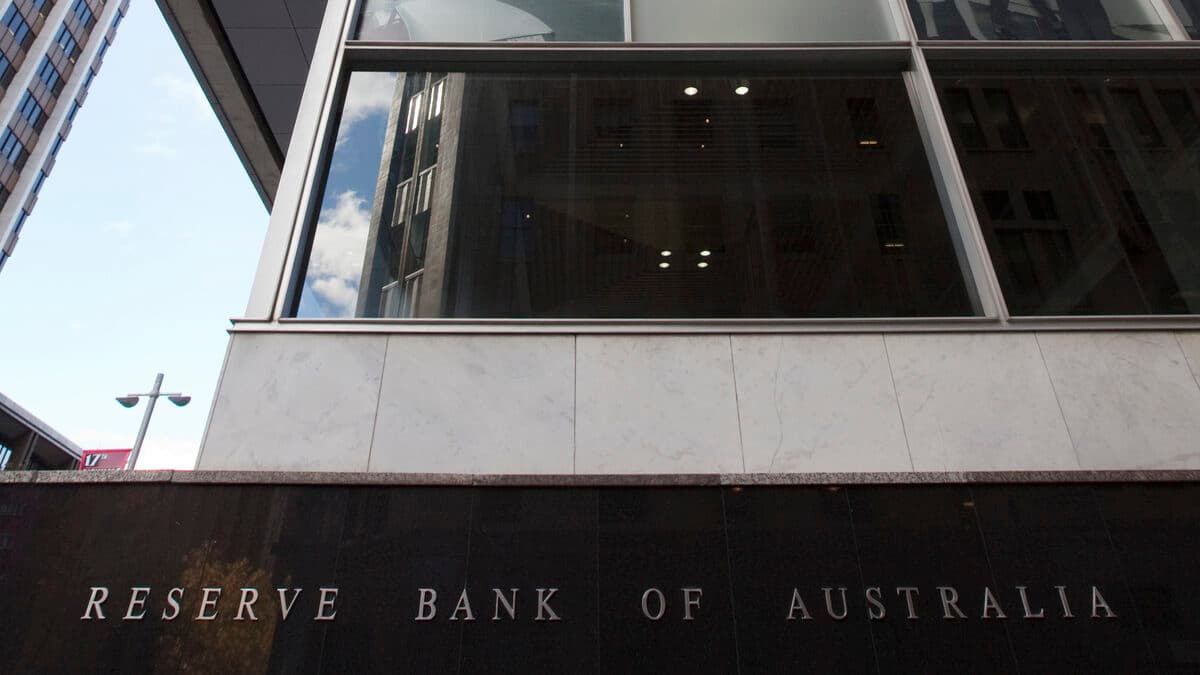The Reserve Bank of Australia (RBA) has surprised economists by raising its key interest rate by 25 basis points to 3.85 per cent during its monthly meeting on Tuesday.
This move comes as a response to the nation’s rapidly growing economy, low unemployment rates, and strong demand for credit. Despite the recent outbreak of COVID-19, Australia’s economic recovery has remained robust, prompting the central bank to take action to ensure long-term financial stability.
The RBA also increased the rate paid on Exchange Settlement balances by 25 basis points to 3.75 per cent.
The RBA’s announcement has caused shares to plummet and the dollar to soar, leaving investors reeling. The central bank’s decision to raise interest rates has surprised most economists, as they had predicted a pause in the interest rate hike for a second month. However, the RBA has also warned of potential interest rate hikes in the future, signalling the need for Australians to brace themselves for further economic turbulence.
While this may cause short-term pain for borrowers, the interest rate hike is seen as a necessary step towards restoring financial stability and ensuring the nation’s long-term economic prosperity. Earlier, the bank announced its decision to leave the cash rate unchanged at 3.60 per cent following its monthly meeting in March.
“The Board held interest rates steady last month to provide additional time to assess the state of the economy and the outlook. While the recent data showed a welcome decline in inflation, the central forecast remains that it takes a couple of years before inflation returns to the top of the target range; inflation is expected to be 4½ per cent in 2023 and 3 per cent in mid-2025,” RBA spokesperson said in a statement.
According to the Reserve Bank of Australia (RBA) Board, wage growth has picked up in response to the tight labour market and high inflation.
The Board stated that wage growth is still consistent with the inflation target at the aggregate level, provided that productivity growth picks up. However, the Board remains alert to the risk that expectations of ongoing high inflation contribute to larger increases in both prices and wages, especially given the limited spare capacity in the economy and the historically low rate of unemployment.
“The Board is still seeking to keep the economy on an even keel as inflation returns to the 2-3 per cent target range, but the path to achieving a soft landing remains narrow,” the RBA said in a statement.
According to Graham Cooke, head of consumer research at Finder, the current series of rate increases is the most dramatic that many homeowners have experienced in their lifetimes. He noted that the rate hikes have already added approximately $12,000 per year to the average 30-year mortgage, causing 52 per cent of Australians to feel financial stress, with younger Australians being the most affected.
Anneke Thompson, Chief Economist, CreditorWatch, said: “The Reserve Bank of Australia (RBA) continues to be concerned about services inflation and has increased the cash rate further to strip more demand from the Australian economy.
“Last month’s March quarter CPI release provided crucial data for the RBA to assess, and while the overall inflation rate has declined from December peaks, services inflation is still rising and may not have peaked. Overall, the quarterly inflation rate was 1.4 per cent over March, the lowest rate since December 2021. Inflation for Goods fell from an annual rate of 9.5 per cent in December 2022 to 7.6 per cent in March.
Admin and Support and Accommodation and Food Services recorded the largest increases in turnover in the year to February 2023, according to the ABS Business Turnover Index.
“As well as solid demand, input costs in the restaurant/café sector have been the driver of price rises here. Restaurants use a large amount of gas and electricity and are forced to pass these price rises on to their customers. Despite strong demand and good turnover, the food and beverage service sector has the highest rate of insolvency, according to our March Business Risk Index (BRI) data, as the cost of running these businesses eats into profitability and solvency.”
Keep up to date with our stories on LinkedIn, Twitter, Facebook and Instagram.

